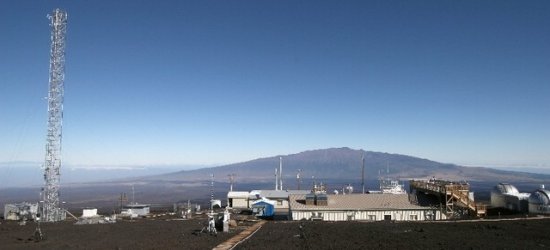Measuring & Analyzing Greenhouse Gases: Behind the Scenes
Baseline Observatories
Location is Everything!
When buying a plot of land on which to build your house, location is everything. Distance from a busy street or from the closest town is often the deciding factor. Surprisingly, these are also key components in determining where to place air collection sites. The distance from major pollution sites–such as a town, coal plant, or even a busy highway–and the most common wind direction at the site ultimately determine the atmospheric information that scientists can gather from the area.
Depending on the type of information NOAA scientists hope to measure, scientists carefully choose their sample sites. If looking for information on the background carbon dioxide levels, atmospheric scientists collect their air samples from remote locations. These areas have well-mixed air that isn't “spiked” with carbon dioxide from a local source of pollution. The air here is, instead, representative of the background (or "baseline") air for a large region. That is why NOAA has placed "baseline" observatories in these remote locations across the planet, which includes locations in the arctic and antarctic.

 Barrow, Alaska
Barrow, Alaska Mauna Loa, Hawaii
Mauna Loa, Hawaii American Samoa
American Samoa South Pole, Antarctica
South Pole, Antarctica Previous
Previous